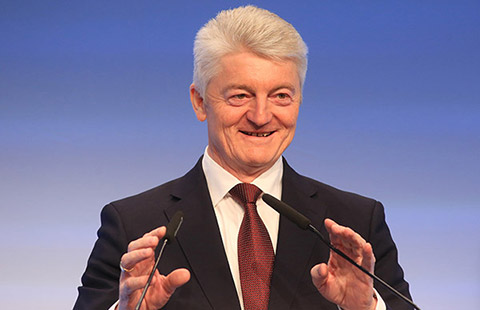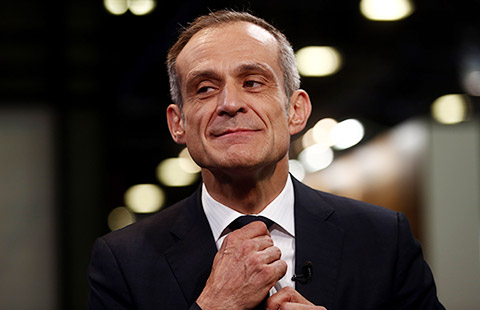Airlines must reduce their emissions
Air travel is not only the fastest growing form of transport. It is also the most carbon intensive.
Few if any holidaymakers and business people boarding their flights know that the kerosene fuel powering their airliner is tax-free.
This gives air transport an unfair advantage over rail and road, and offers less incentive to aircraft designers and operators to accelerate a transition to ever-more fuel-efficient planes. Long-standing efforts to end this anomaly have failed.
A recent attempt to require aircraft flying to Europe to pay for their CO2 emissions under the European Union's Emissions Trading System triggered fierce opposition from many non-European countries.
The EU has suspended its plan for a year, putting the ball back in the court of the International Civil Aviation Organization and its 191 member states to find a solution.
This is the ideal place for aviation to begin cutting the 5 percent of global greenhouse gas emissions it now accounts for.
A global agreement would level the playing field so that all airlines pay the same fuel levy, so reducing the risk of "freeloaders".
But there is a deadline to the opportunity for helping aviators get a handle on their CO2 emissions by 2020. And they must flip them soon after.
In September a triannual decision-making ICAO assembly will meet in Montreal with a vote likely on whether a global market-based measure will be adopted to drive the industry to meet its responsibilities. If no decision is taken, the next assembly may not convene until 2016.
The world has waited long enough for aviation - and indeed shipping - to join international efforts to bridge the emissions gap.
Increased engine efficiencies, alternative fuels, air traffic management reform and technological enhancements can help, but are unlikely on their own to deliver the emissions reductions needed and at the speed required. Question marks also remain over how such investments would be paid for.
Seizing the moment to put in place a market-based structure to catalyze the low carbon innovations the industry needs - and guarantee its sustainable future - is thus both logical and desirable.

























